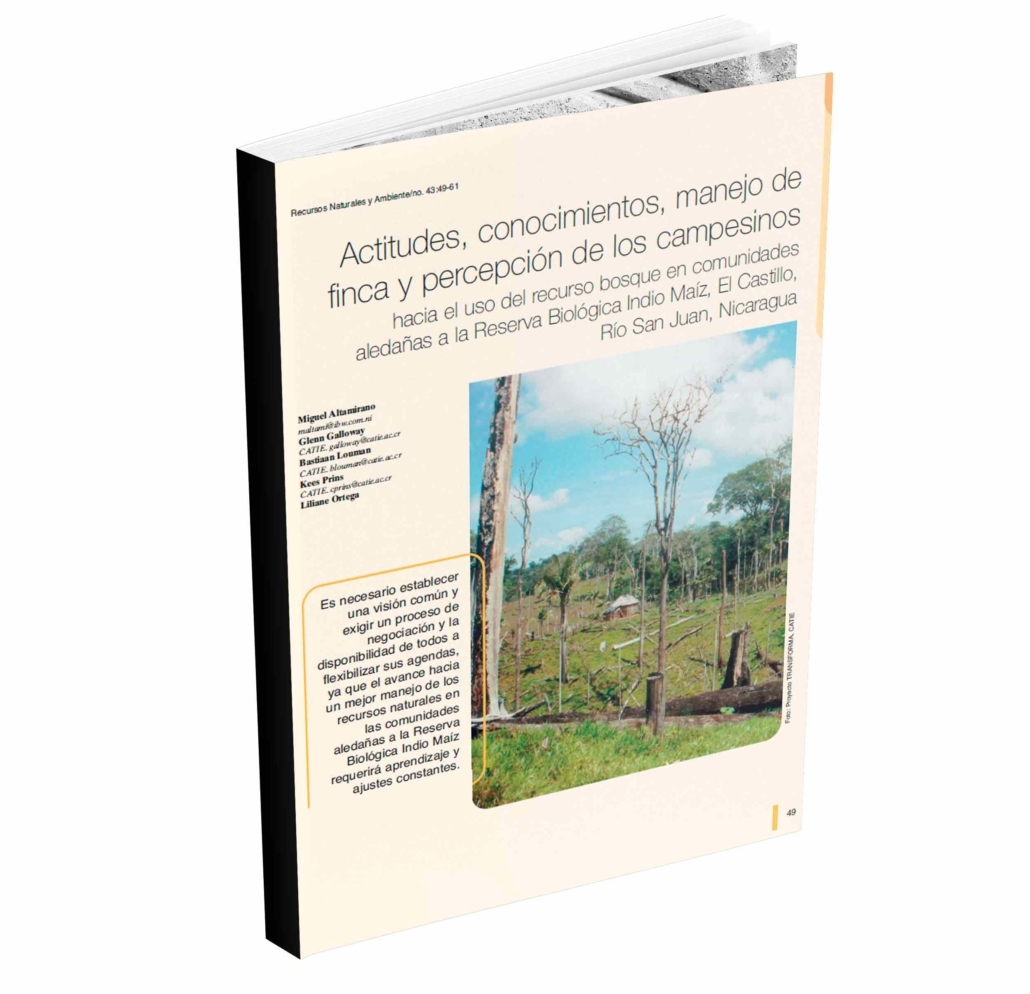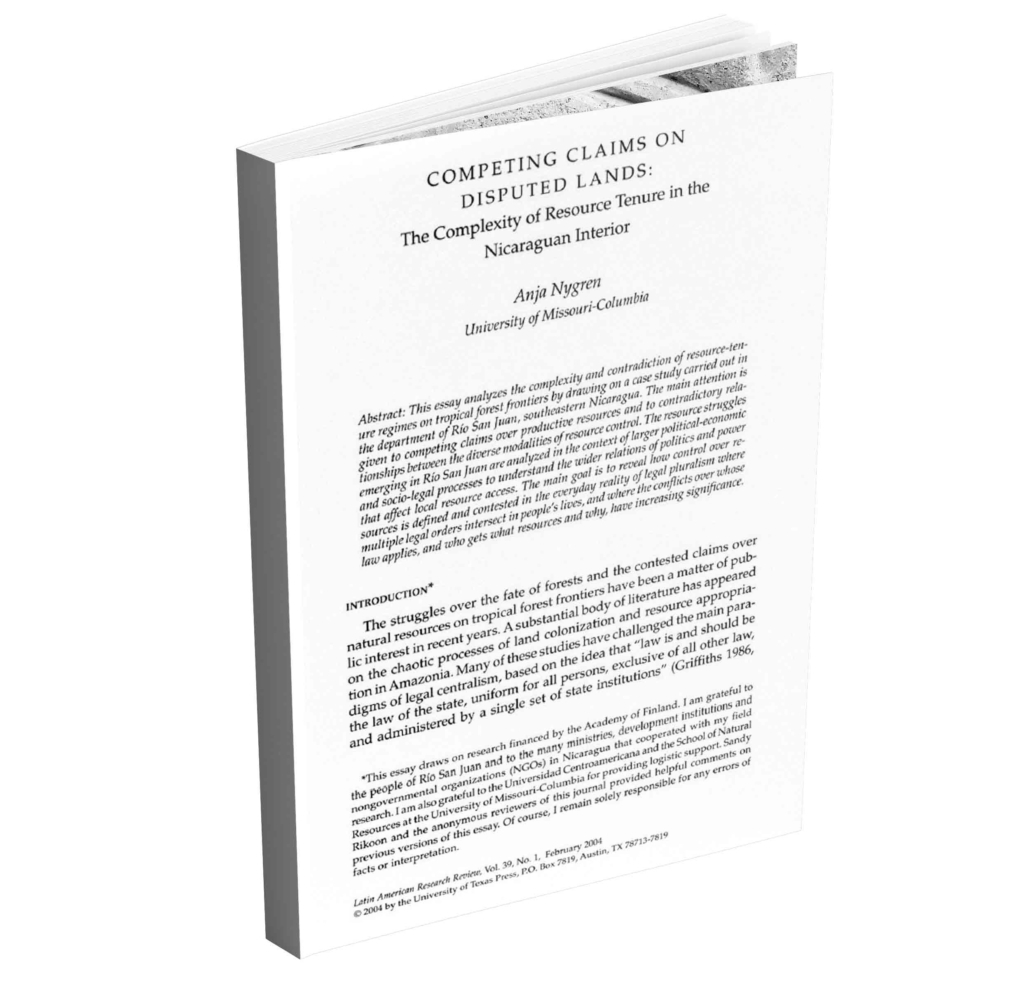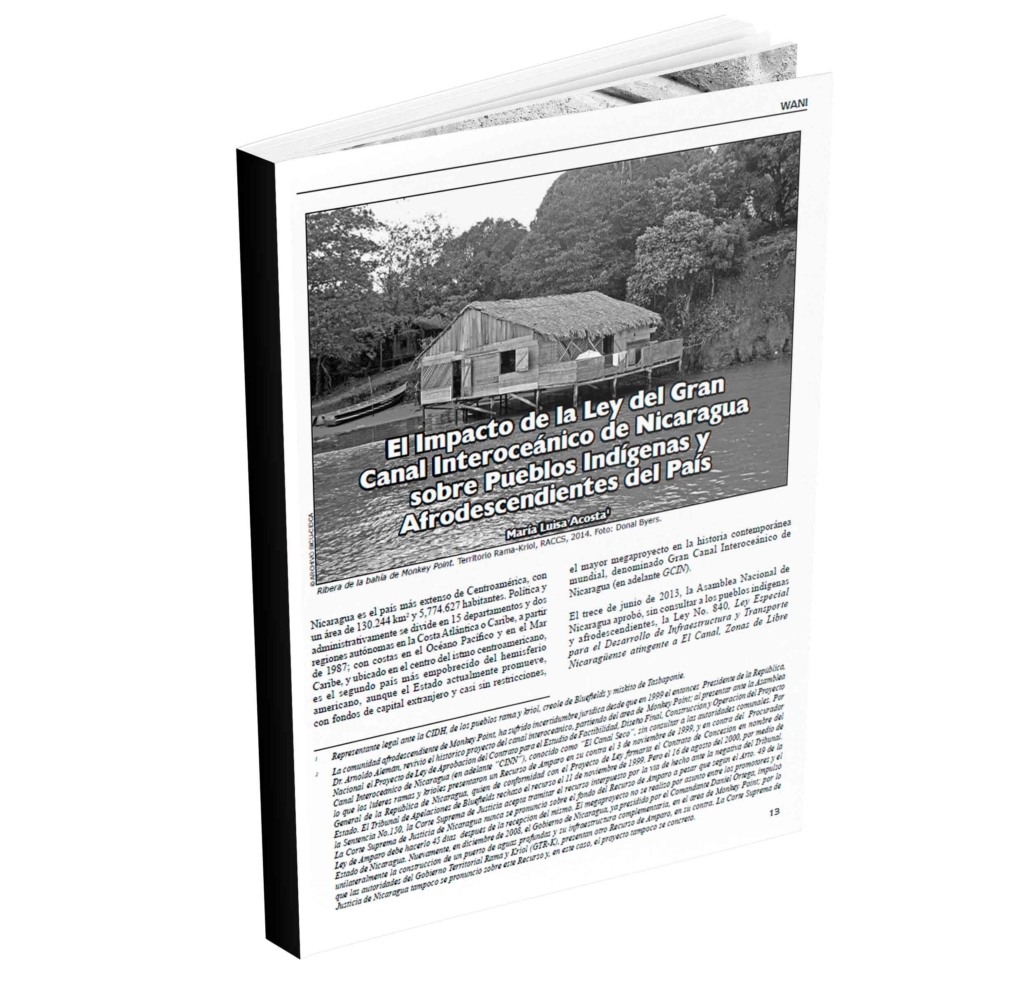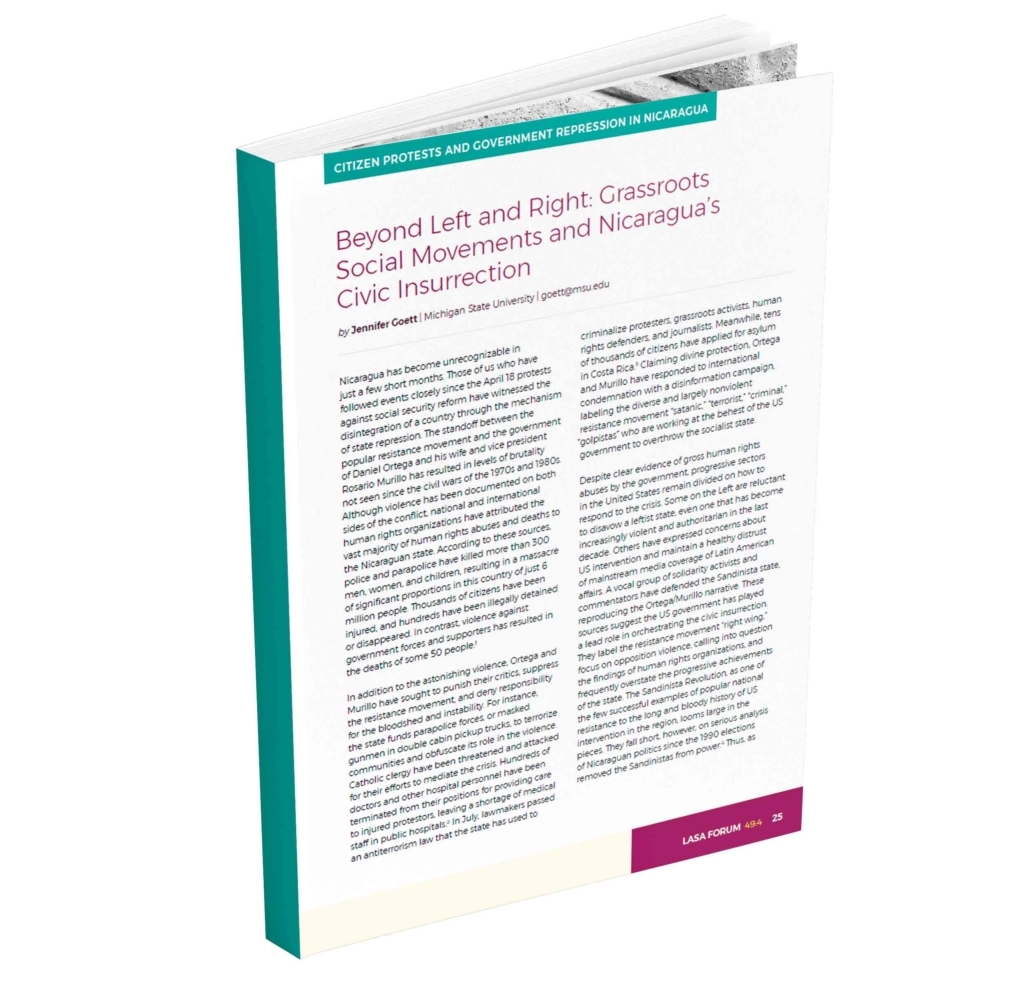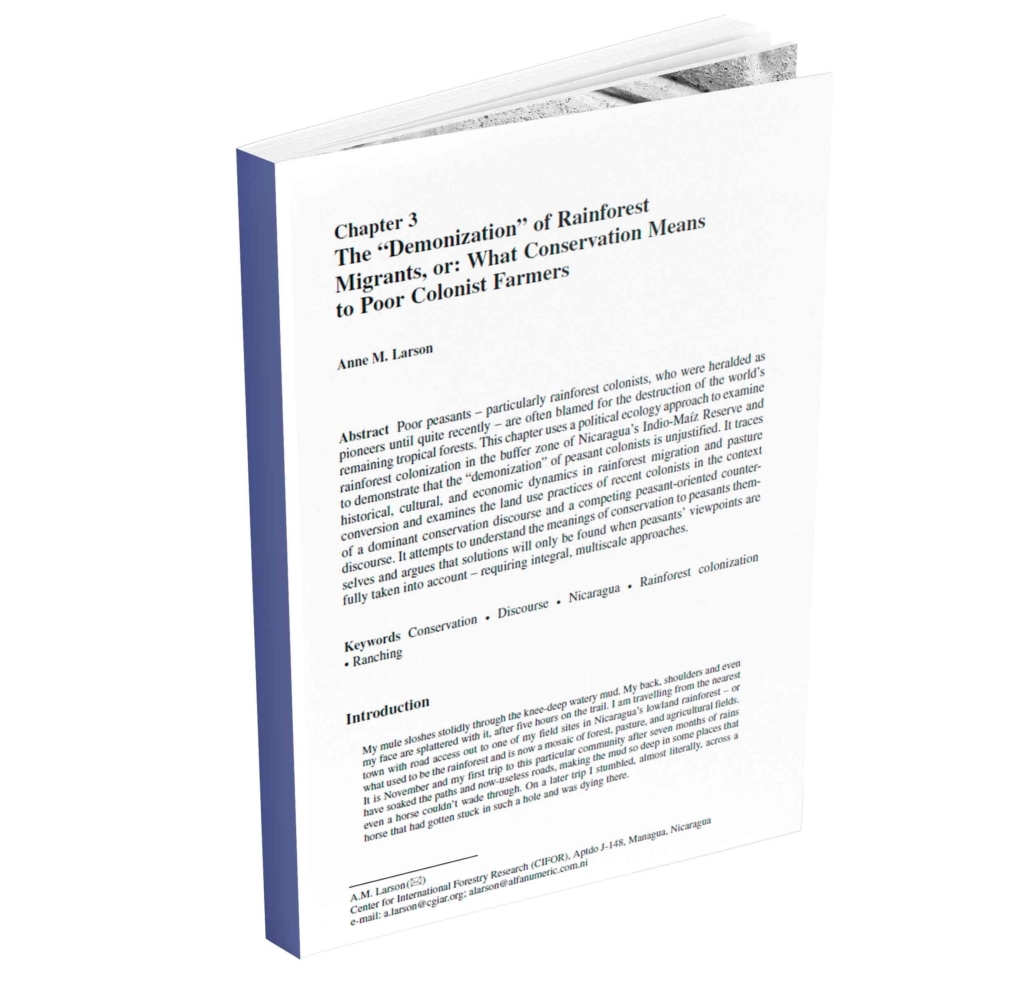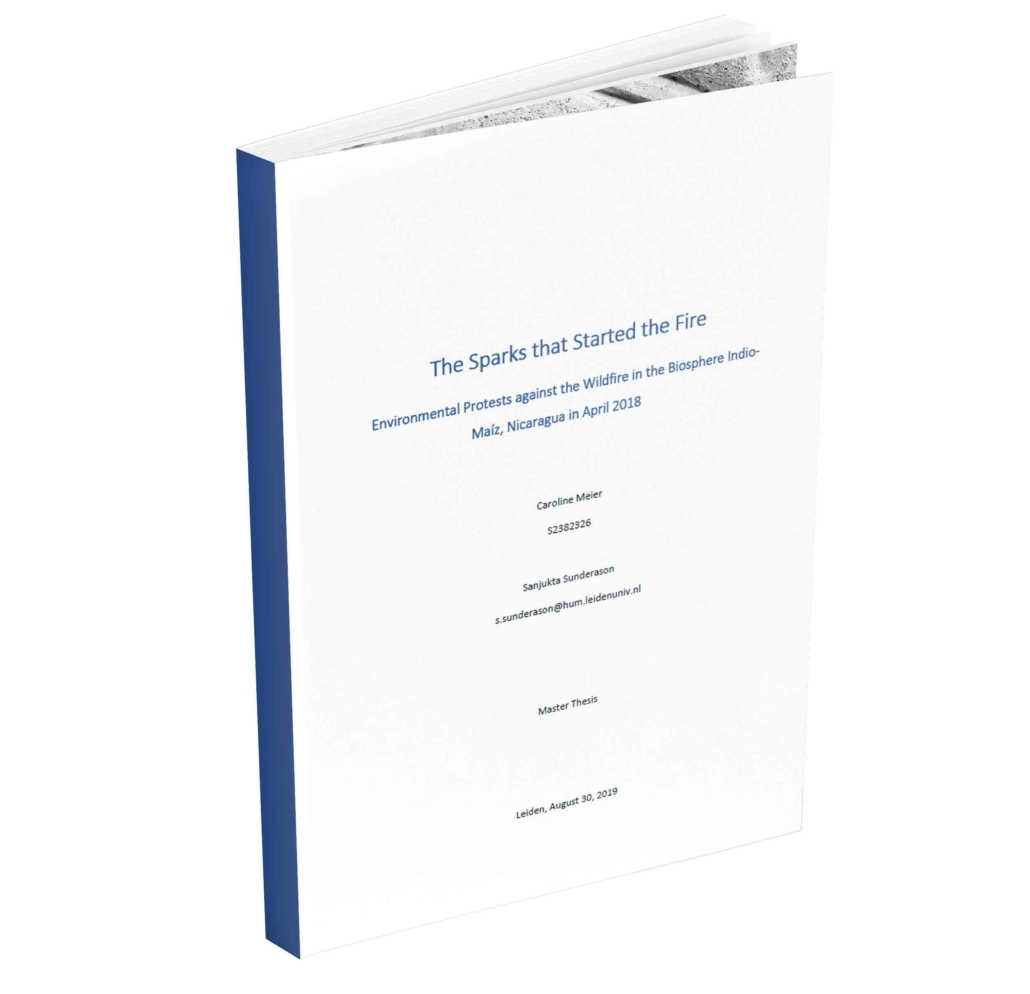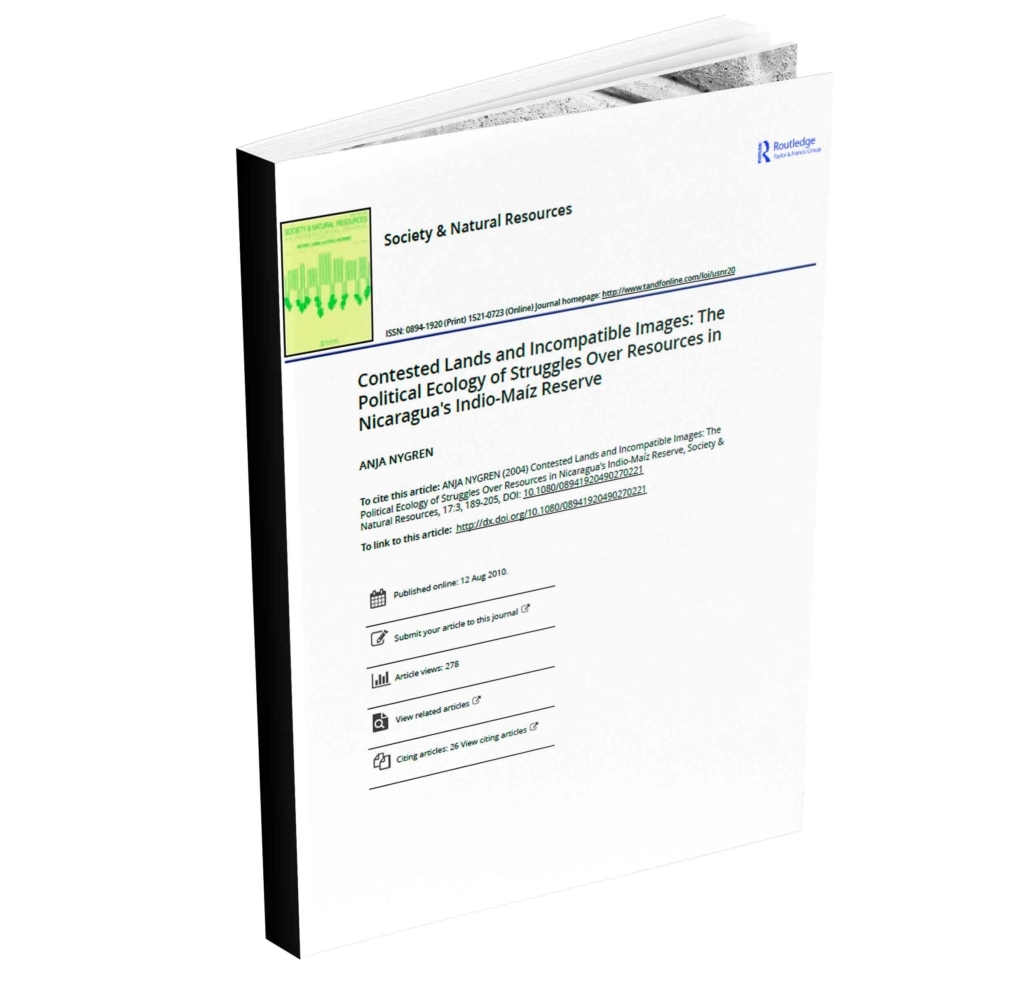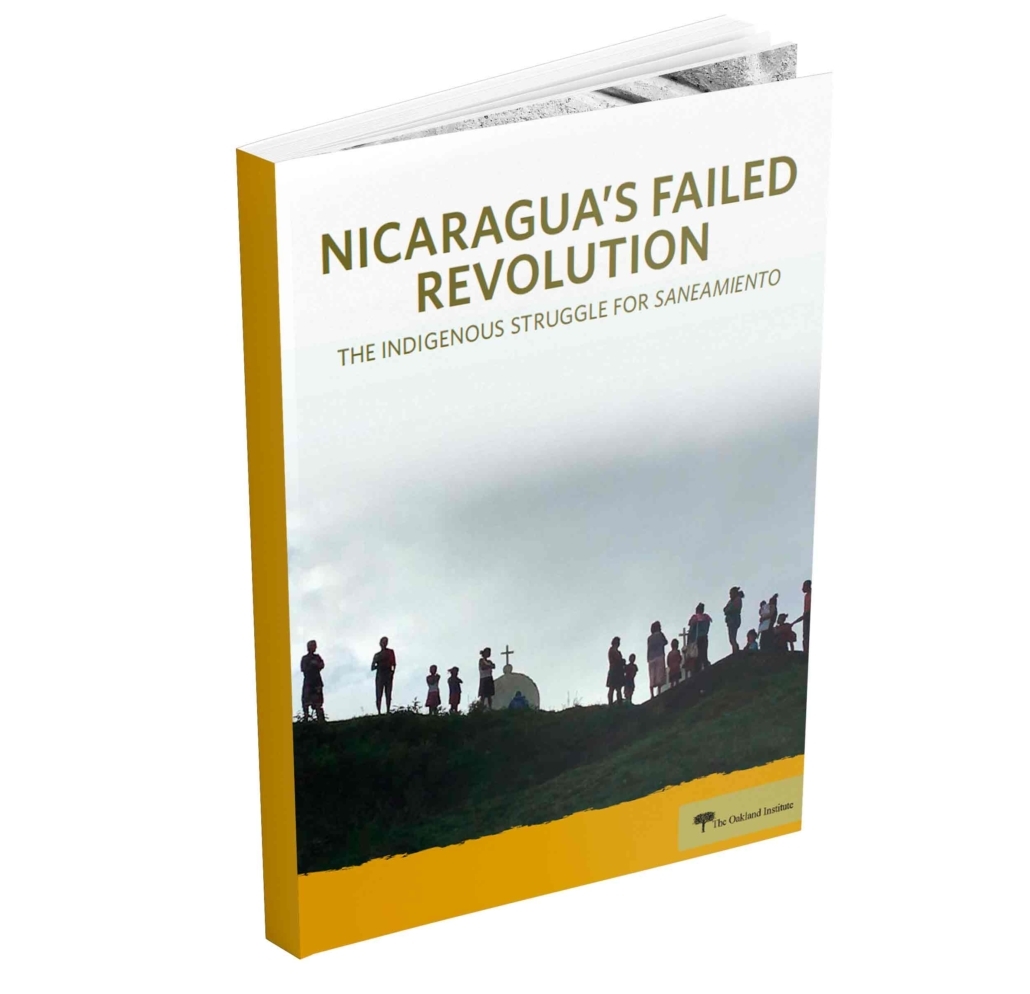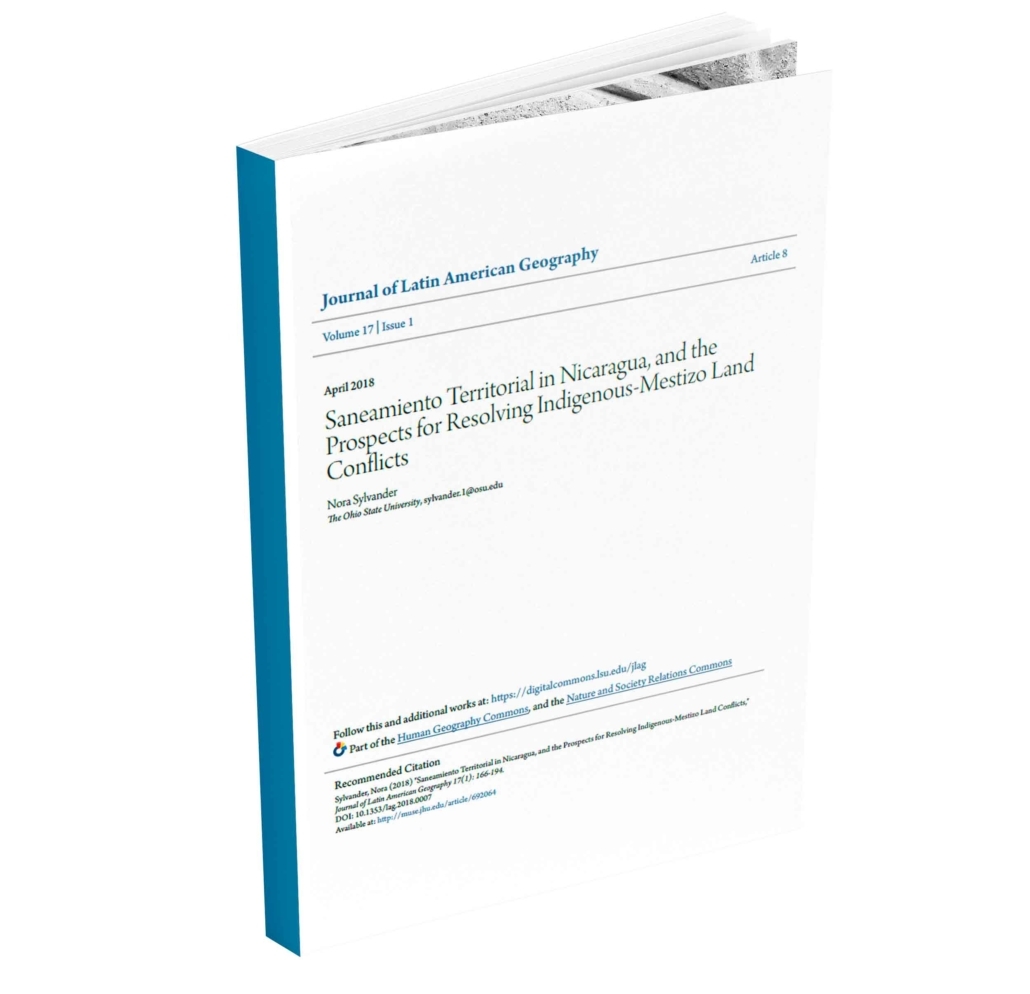Social Sciences
Es necesario establecer una visión común y exigir un proceso de negociación, ya que el avance hacia un mejor manejo de los recursos naturales en las comunidades aledañas a la Reserva Biológica Indio Maíz requerirá aprendizaje y ajustes constantes.
This essay analyzes tlte con1plexity a11d contradictio11 of resource-tenure regi,nes on tropical forest frontiers by draiving on a case study carried out in the department of Rfo San Juan, southeastern Nicaragua.
El trece de junio de 2013, la Asamblea Nacional de Nicaragua aprobó, sin consultar a los pueblos indígenas y afrodescendientes, la Ley No. 840 cuyo objetivo fue otorgar la concesión para desarrollar Gran Canal Interoceánico de Nicaragua.
Nicaragua has become unrecognizable in just a few short months. Those of us who have followed events closely since the April 18 protests against social security reform have witnessed the disintegration of a country through the mechanism of state repression.
This chapter uses a political ecology approach to examine rainforest colonization in the buffer zone of Nicaragua’s Indio-Maíz Reserve and to demonstrate that the “demonization” of peasant colonists is unjustified.
On April 3, 2018 a wildfire broke out on the outskirts of the biosphere Indio-Maíz in the south-east of Nicaragua. It soon engulfed the centre of the biosphere and devastated 5,551 hectares of rainforest (Centro Humboldt, 2019, 23; Alemán, 2018).
The Rio San Juan Biosphere Reserve in southeast Nicaragua is part of the Mesoamerican Biological Corridor, which spans from Mexico to Panama being a vast area of biological relevance that helps to guarantee the conservation of biodiversity and the mobility of focal endangered species.
Influenced by the global concern over tropical deforestation, many developing countries are transforming much of their remaining forests into protected areas. In Central America alone, the number of protected areas increased from 30 in 1970 to 411 in 1997 (Godoy 1997).
This is a field research conducted in 2018 and 2019 that compiles dozens of testimonies from members of the communities – who have been subject to multiple murders, kidnappings, violence, and intimidation, linked to land invasions for mining, cattle ranching, and the exploitation of forests.
The recent social upheaval and political turbulence in Nicaragua are widely reported as the citizenry’s response to Daniel Ortega’s government. To date, hundreds of Nicaraguans have fallen victim to alleged extrajudicial killings by pro-government supporters and military police
Conflicts between “indigenous people” and “migrants” are intensifying across Latin American indigenous territories. These conflicts are seen as intimately related to indigenous territorial struggles, whereby mestizo migrants are widely blamed for colonizing indigenous lands.

